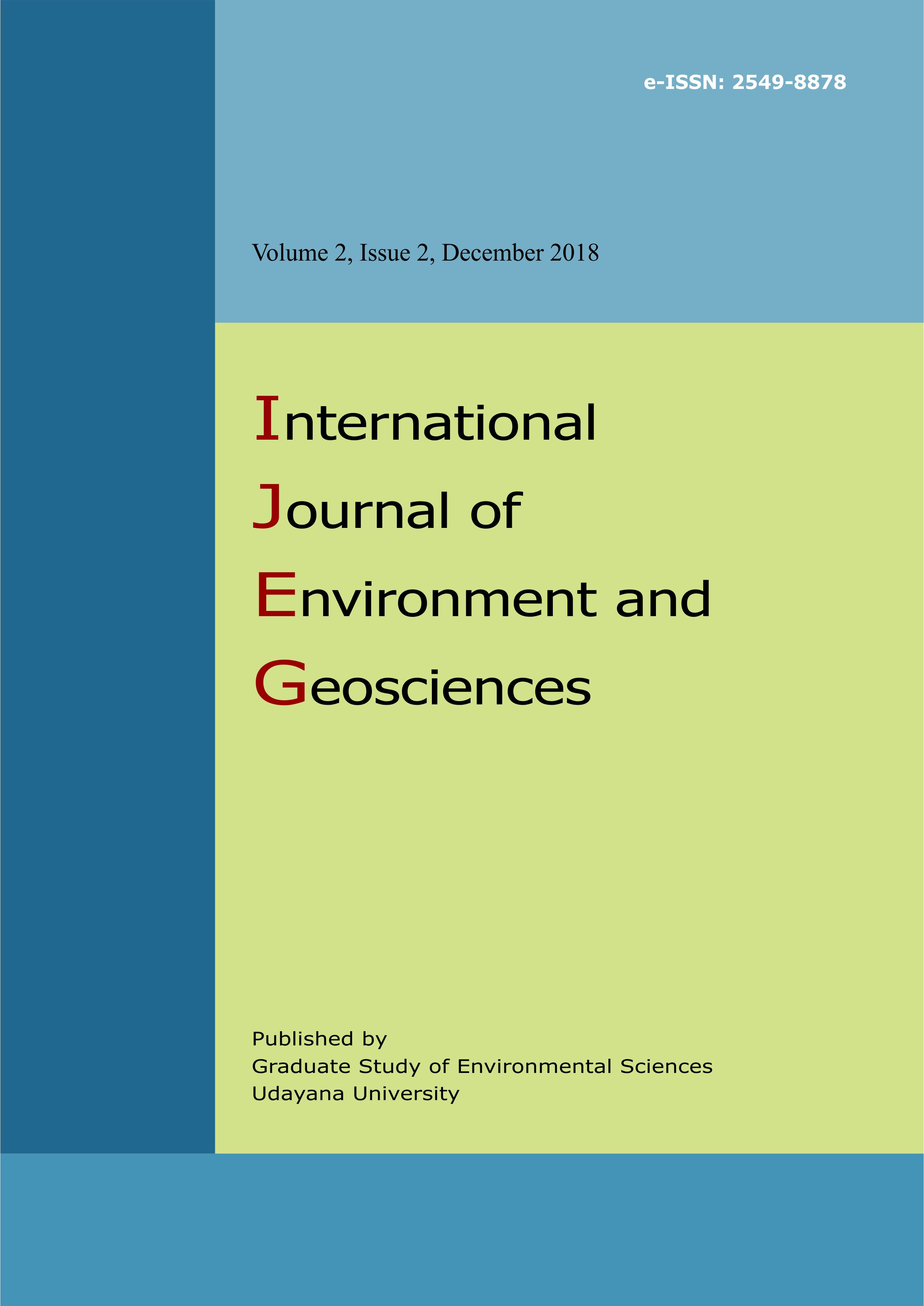Extraction of Tsunami Damaged Areas Due to the 2010 Chile Earthquake Using Optical and SAR Data of ALOS
Abstract
Information about damage areas is important due to the large-scale disasters worldwide. In the last decade, both optical and SAR remote sensing were applied in many disaster researches, such as tsunami damage detection. In this study, the ALOS AVNIR-2 and PALSAR images are used to extract the damaged areas caused by the 2010 Chile earthquake. In the processing of ALOS/AVNIR-2, the inundation area was estimated based on the NDVI calculation and classification. Furthermore, damaged areas of the ALOS/PALSAR are extracted by integrating the AVNIR-2 image for water mask and the DEM image for elevation mask. The damaged area result of AVNIR-2 is 8.91 Km2 and for the PALSAR is 8.72 Km2 that is along the coastal areas. The image results showed a good agreement and corresponding area according to the institutional map of the inundation area. Future study in another area is needed in order to strengthen the processing method.
Downloads
Authors who publish with this journal agree to the following terms:
- All articles published by International Journal of Environment and Geosciences (IJEG) and Graduate Study of Environmental Sciences, Udayana University are made available under an open access license worldwide immediately. This means everyone has free and unlimited access to the full-text of all articles published in International Journal of Environment and Geosciences (IJEG), and everyone is free to re-use the published material given proper accreditation/citation of the original publication. Open access publication is supported by authors' institutes or research funding agency by payment of a comparatively article processing charge for accepted articles (See Author Fees). International Journal of Environment and Geosciences (IJEG) and Graduate Study of Environmental Sciences, Udayana University publish articles under the Creative Commons Attribution License.
- Authors are able to enter into separate, additional contractual arrangements for the non-exclusive distribution of the journal's published version of the work (e.g., post it to an institutional repository or publish it in a book), with an acknowledgement of its initial publication in this journal.
- Authors are permitted and encouraged to post their work online (e.g., in institutional repositories or on their website) prior to and during the submission process, as it can lead to productive exchanges, as well as earlier and greater citation of published work (See The Effect of Open Access).





